Additional notes (click to expand)
Horticulture
Our supplier writes: "The floures grow at the top of the stalkes, of a diverse colours, consisting of many small floures set in a scaly head; the seed is smooth, bright shining, & wrapped in a woolly or flocky matter."
Medicinal
Culpeper: “ ... helps the yellow jaundice, opens obstructions of the liver, helps pains of the spleen, provokes the terms, brings out the birth and afterbirth.”
Culpeper, Nicholas. (1653). The London Dispensatory.
Notes: There is a problem with this one for the Centaury of the Physicians may be Centaurium minus (an erect annual with five-petalled, pink flowers), the Common Centaury and not the blue Cornflower. Culpeper also recommends the Greater Centaury, which could be the Centaurea glastifolia of Linnaeus which is also called Centaureum majus.
Oakeley, Dr. H. F. . (2013). The Gardens of the Pharmacopoeia Londinensis.
link
Lindley notes that Centaurea were used as a febrifuge.
Lindley, John. (1838). Flora Medica, Longman, Orme, Brown, Green & Longmans
Other use
Centaurea cyanus L, was recommended by Culpeper: “ ... helps the yellow jaundice, opens obstructions of the liver, helps pains of the spleen, provokes the terms, brings out the birth and afterbirth.” The Centurea of Dioscorides was 1.5 metres high, had blue flowers 'like a poppy' and cannot be our cornflower. Lindley (1838) notes that Centaurea were used as a febrifuge.
Oakeley, Dr. Henry F. (2013). Wellcome Library notes.
link
Geographical distribution
- Asia-Temperate, Caucasus
- Asia-Temperate, Western Asia, Iraq
- Asia-Temperate, Western Asia, Turkey
- Europe, Eastern Europe, Belarus
- Europe, Eastern Europe, Northwest European Russia
- Europe, Middle Europe, Belgium
- Europe, Middle Europe, Germany
- Europe, Middle Europe, Hungary
- Europe, Northern Europe, Finland
- Europe, Southeastern Europe, Albania
- Europe, Southeastern Europe, Bosnia and Herzegovina
- Europe, Southeastern Europe, Bulgaria
- Europe, Southeastern Europe, Czech Republic
- Europe, Southeastern Europe, Greece
- Europe, Southeastern Europe, Italy
- Europe, Southwestern Europe, France
- Europe, Southwestern Europe, Portugal
- Europe, Southwestern Europe, Spain
Podcast
Centaurea cyanus L.
Family: ASTERACEAEGenus: Centaurea
Species: cyanus L.
Common names: Cornflower
Pharmacopoeia Londinensis name: Cyanus minor
Distribution summary: Europe, W.Asia, Caucasus
Habit: Annual
Hardiness: H5 - Hardy; cold winter
Habitat: Disturbed ground, roadsides, dry, sandy soil
Garden status: Currently grown
Garden location: Pharmacopoeia Londinensis 1618 'Flowers' (HSE 1), Plane tree bed (P)
Flowering months: June, July, August
Reason for growing: Medicinal
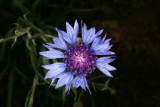
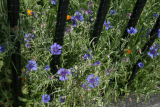


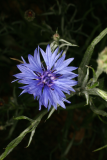
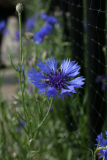
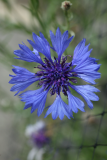

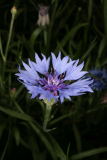
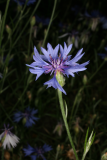
.JPG)